Mitochondrial dynamics during germination
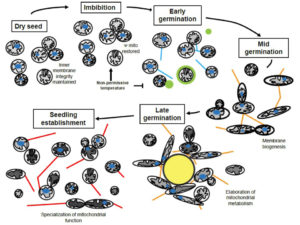 A seed undergoes a dramatic transformation from dried tissues into a mature plant. This change requires energy produced by oxidative metabolism, but dry seeds contain dormant promitochondria that need to be reactivated. Paszkiewicz et al. use bioimaging tools for an in vivo analysis of seed mitochondria biogenesis. Using a fluorescent dye to visualize the membrane potential, they show that seed mitochondria are capable of temperature-dependent oxygen uptake shortly after imbibition at 4°C and 21°C. The authors examine mitochondrial mobility in seeds, and they find mitochondria have limited mobility until perception of germination conditions, despite the presence of F-actin networks. Interestingly, when mitochondria become mobile, they fuse to form a transient tubular structure by the TR (testa rupture) stage. The tubular mitochondrial structure encircles the nucleus of each cell. The authors postulate this transient structure serves to redistribute mtDNA nucleoids among the mitochondria because the mtDNA remains stable during this stage. The redistribution of mtDNA could possibly lead to specialization among mitochondria to facilitate seedling growth. (Summary by Daniel Czerny) Plant Cell
A seed undergoes a dramatic transformation from dried tissues into a mature plant. This change requires energy produced by oxidative metabolism, but dry seeds contain dormant promitochondria that need to be reactivated. Paszkiewicz et al. use bioimaging tools for an in vivo analysis of seed mitochondria biogenesis. Using a fluorescent dye to visualize the membrane potential, they show that seed mitochondria are capable of temperature-dependent oxygen uptake shortly after imbibition at 4°C and 21°C. The authors examine mitochondrial mobility in seeds, and they find mitochondria have limited mobility until perception of germination conditions, despite the presence of F-actin networks. Interestingly, when mitochondria become mobile, they fuse to form a transient tubular structure by the TR (testa rupture) stage. The tubular mitochondrial structure encircles the nucleus of each cell. The authors postulate this transient structure serves to redistribute mtDNA nucleoids among the mitochondria because the mtDNA remains stable during this stage. The redistribution of mtDNA could possibly lead to specialization among mitochondria to facilitate seedling growth. (Summary by Daniel Czerny) Plant Cell


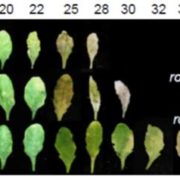
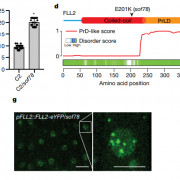
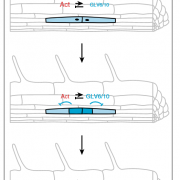
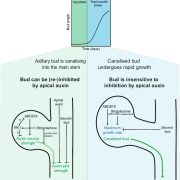
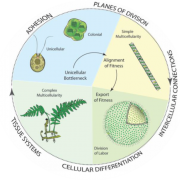
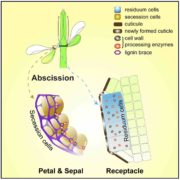


Leave a Reply
Want to join the discussion?Feel free to contribute!